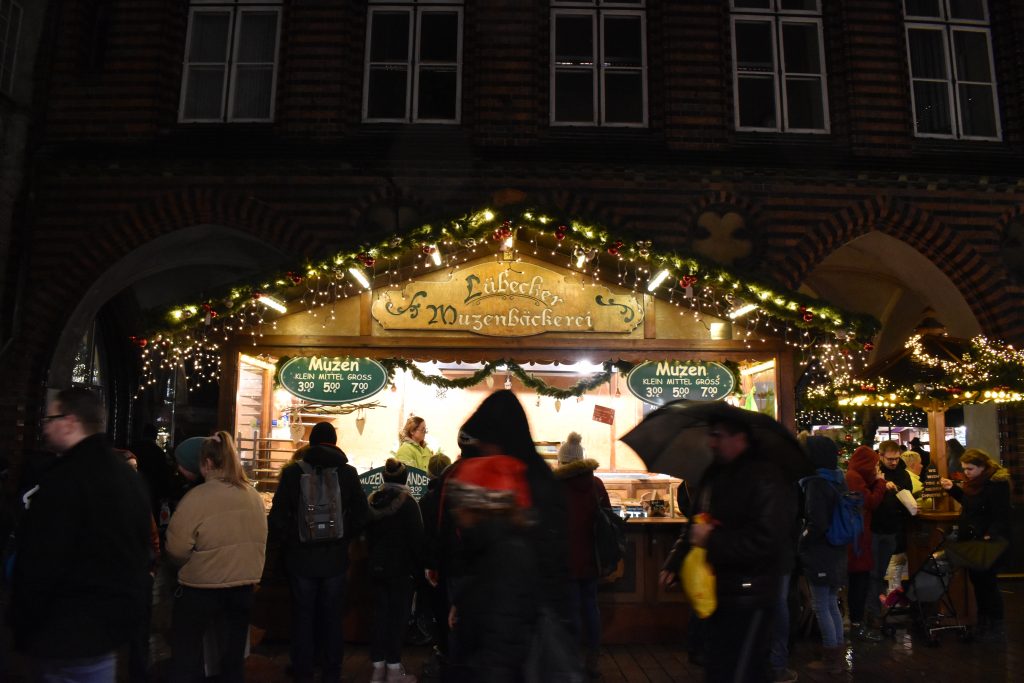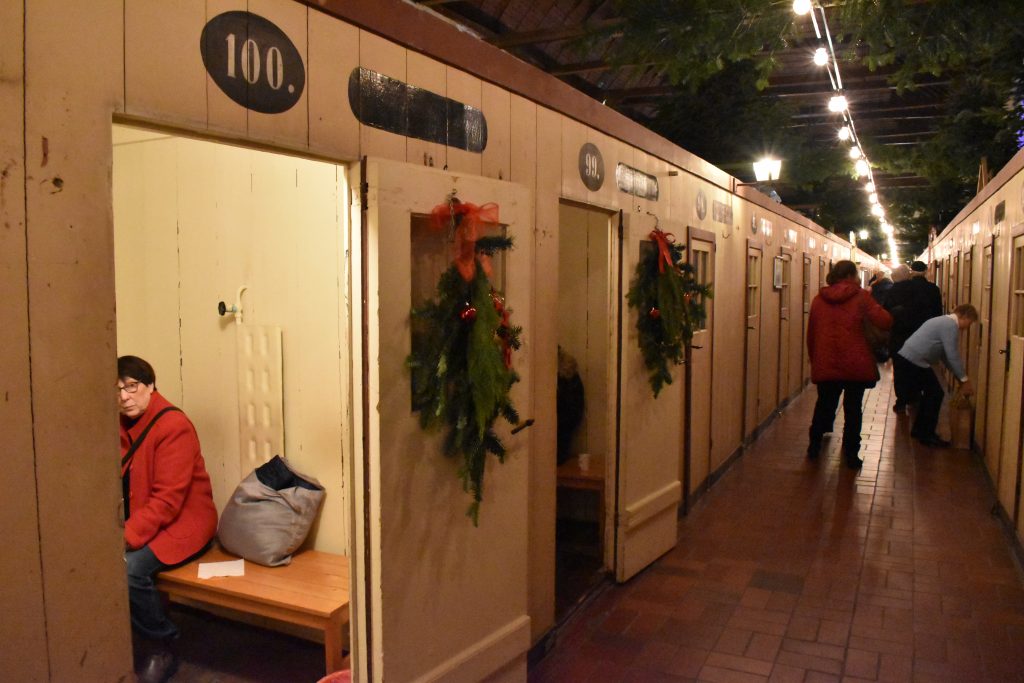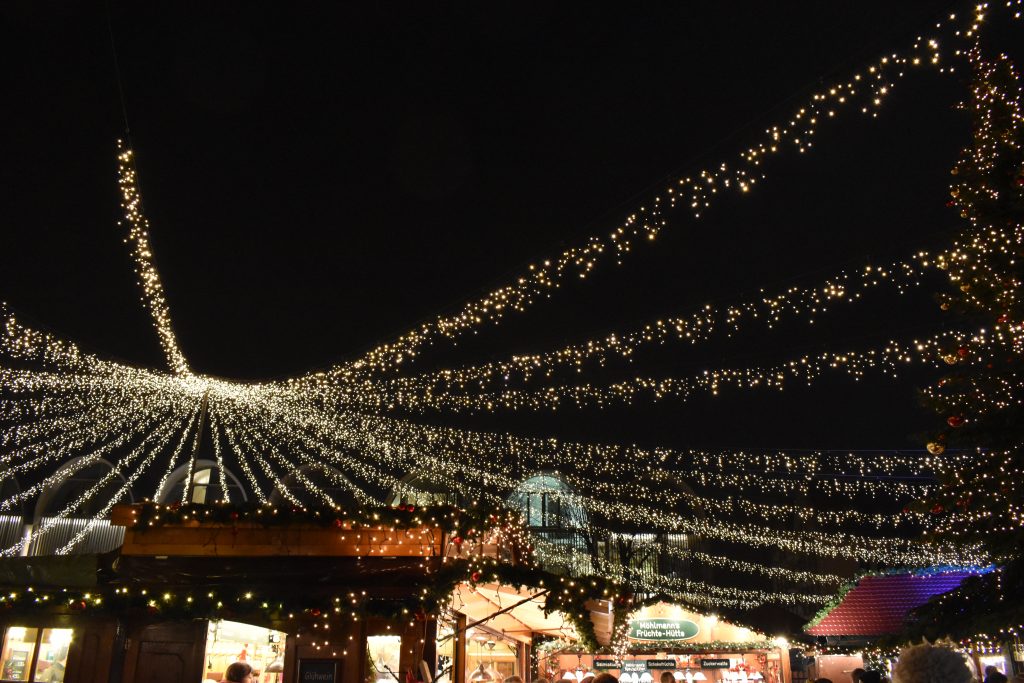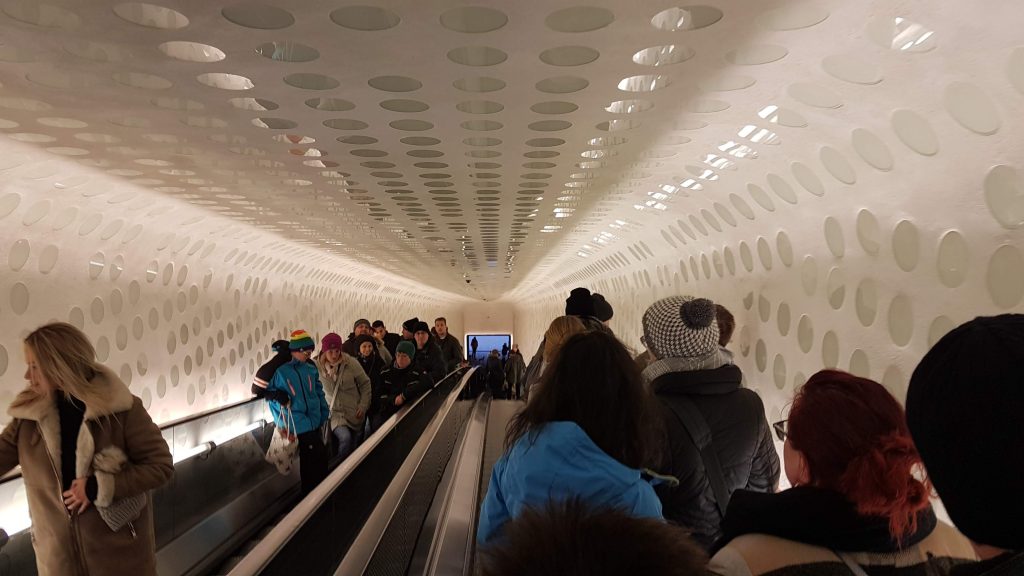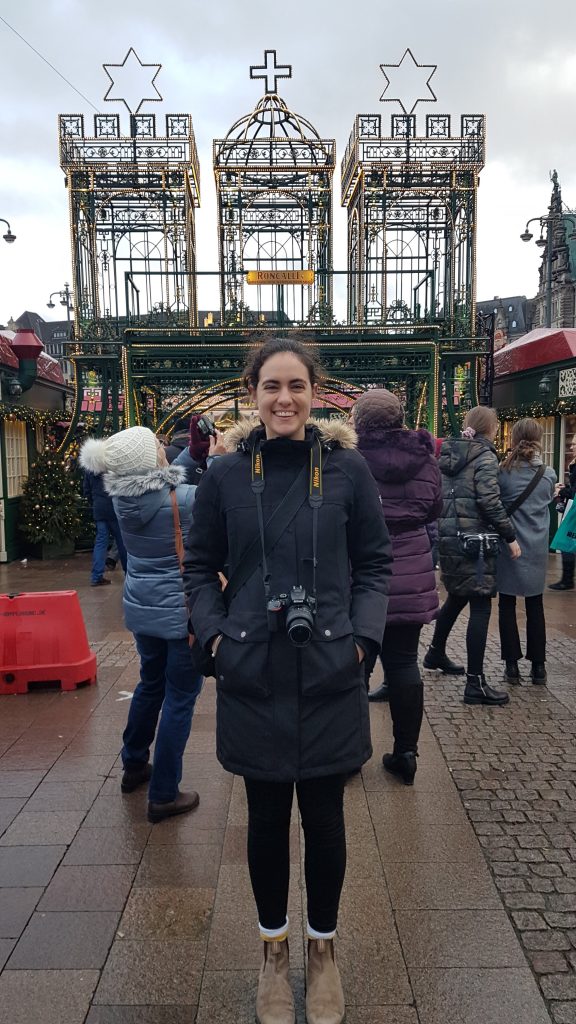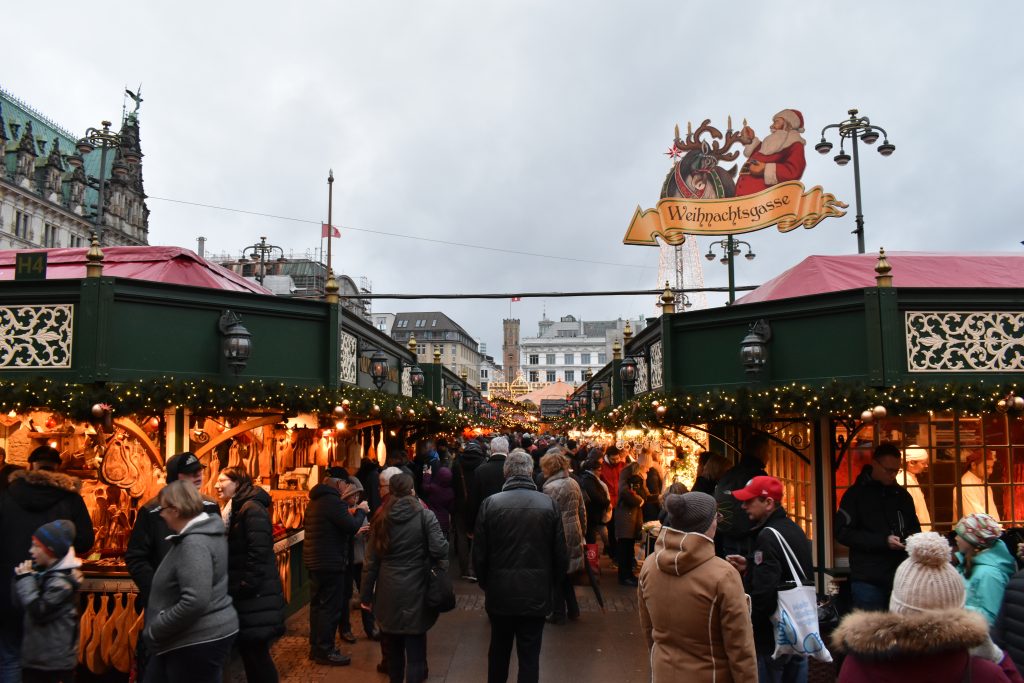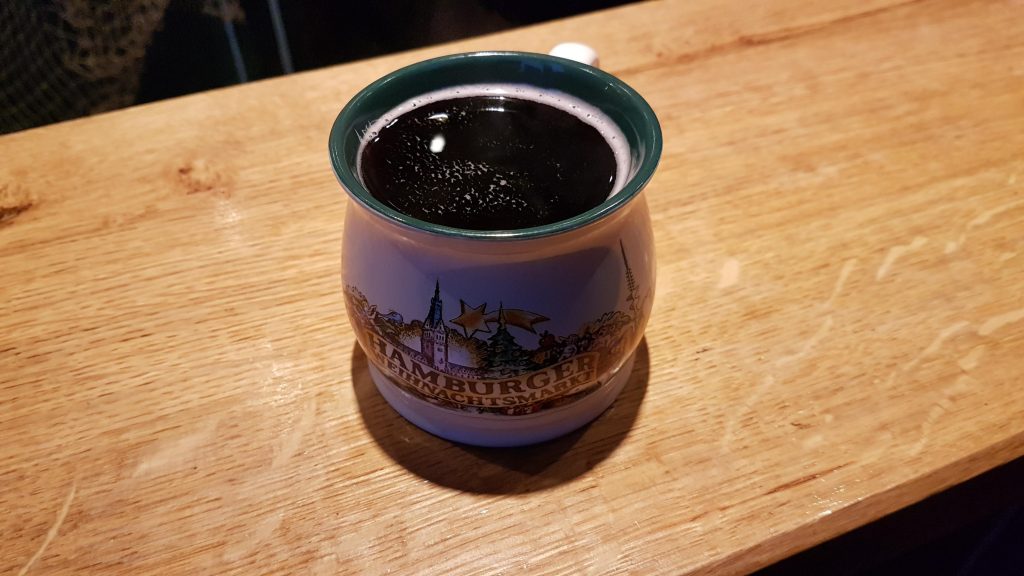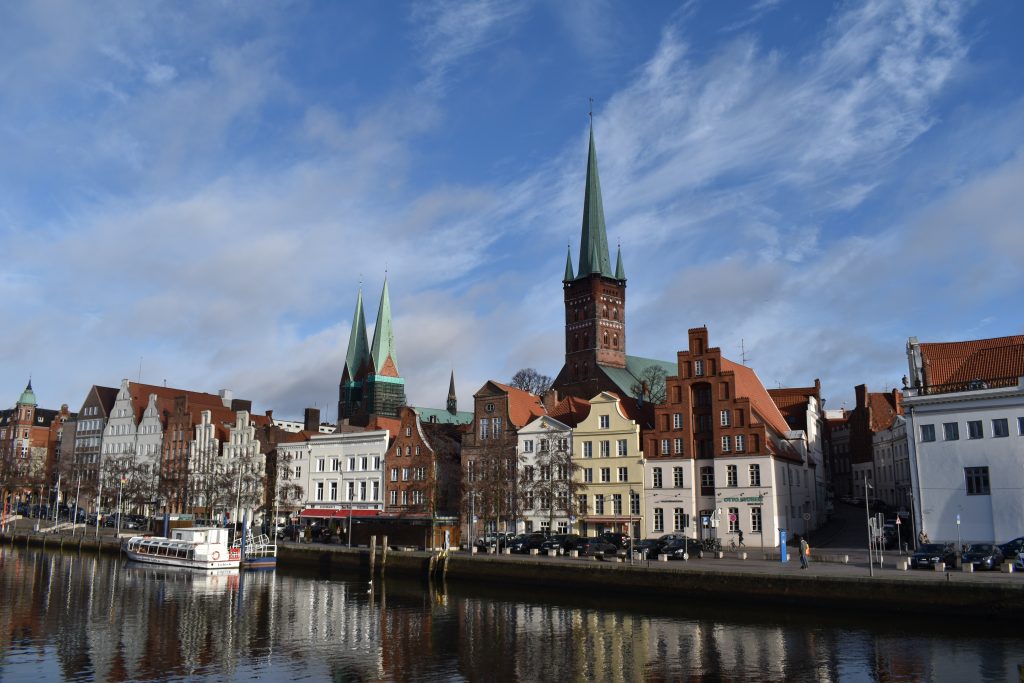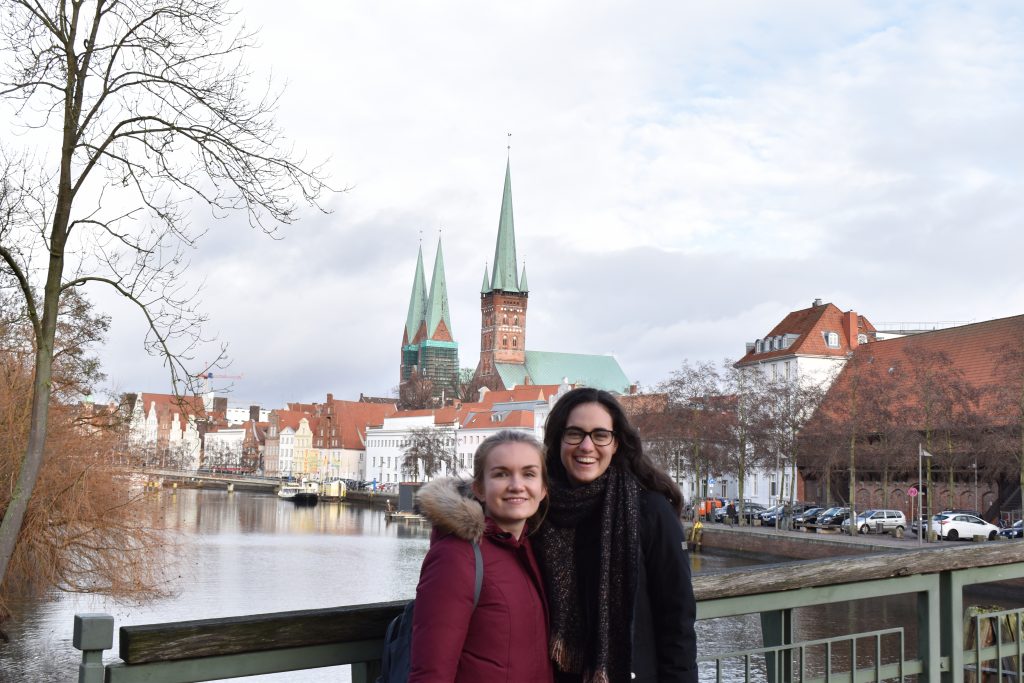A Weekend in Germany
Two weeks before heading home for Christmas at the end of December, I visited a friend of mine in Germany.
Hannah and I met when she went on exchange to my high school 5 years ago. We’ve kept in contact ever since, and it was great to visit her after so many years of talking about it!
She lives in Lübeck, a northern German city about 6 hours from Utrecht by train. I left early on a Friday morning and although it was a bit of a trek to get there (not all German trains are as clean and efficient as I expected), it was absolutely worth it.
We spent an afternoon at the Lübeck Hanse museum and then walked through the city to visit its Christmas markets. This was one of my favourite parts of the whole trip.
Although I’d heard about Germany’s famous Christmas markets, I couldn’t have imagined just how amazing they would be. In Lübeck, there seemed to be a different market every 2 blocks. Inside a church, one market had stalls selling handmade cards and ornaments.
The outdoor markets were surrounded by beautiful buildings and had wooden stalls selling gifts, bratwurst, and delicious German pastries. And there were white lights everywhere – covering trees, hanging in rows above streets, and lining the roofs of stalls.
We also spent a day in Hamburg, the second largest city in Germany. We went up the Elbphilharmonie, a concert hall initially criticised by locals for its cost (866 million EUR) but which is now celebrated as one of Hamburg’s must-see places. We also went to some of Hamburg’s Christmas markets, although I preferred the ones in Lübeck.

Here’s a short video of Lübeck and Hamburg’s Christmas markets.
Before I caught the train back to Utrecht on Sunday afternoon, we spent some more time in Lübeck. I loved the architecture of the city’s buildings, which as you can see in the picture below was based on buildings in Amsterdam. This just confirmed for me that I picked the right country to go to on exchange!
Hannah’s dad joined us and explained some of the history of the town to me. He took me to St. Mary’s Church, where bells which had fallen during a World War II bombing still lay in the ground.
As someone who didn’t grow up in Europe, it’s amazing to me how much of World War II’s effects can still be seen today. And while the current political situation is not exactly comparable to World War II, the rise of far-right nationalism across Europe is concerning when you consider the consequences of a similar mindset less than 100 years ago.
It has been said many times before that we must not forget the past. This is one of the reasons I travel – so that what I learn in books and classes becomes more than stories about strangers. These are true records of real people living in real places during very real wars. May we learn from them – both about what to do and what not to do – and never repeat their mistakes.
P.S. Check out this post for more photos of the weekend.

